Amazing Phlox Paniculata Companion Plants That Will
Amazing Phlox Paniculata Companion Plants That Will Enhance Your Garden
Phlox paniculata, also known as garden phlox, is a popular perennial plant that is known for its colorful blooms and sweet fragrance. It is a relatively easy plant to care for and can thrive in a variety of conditions. However, one of the best ways to ensure that your phlox plants thrive is to plant them with the right companion plants.
Companion planting is a gardening technique that involves planting different types of plants together in order to create a mutually beneficial relationship. When plants are chosen carefully, they can help each other to thrive by providing shade, nutrients, pest control, and other benefits.
There are many different companion plants that can be paired with phlox paniculata. Some of the best options include:
- Asters: Asters are another type of perennial that blooms in the summer. They come in a variety of colors, including purple, pink, white, and blue. Asters are tall plants, so they can help to provide shade for phlox plants. They also attract butterflies and other pollinators.
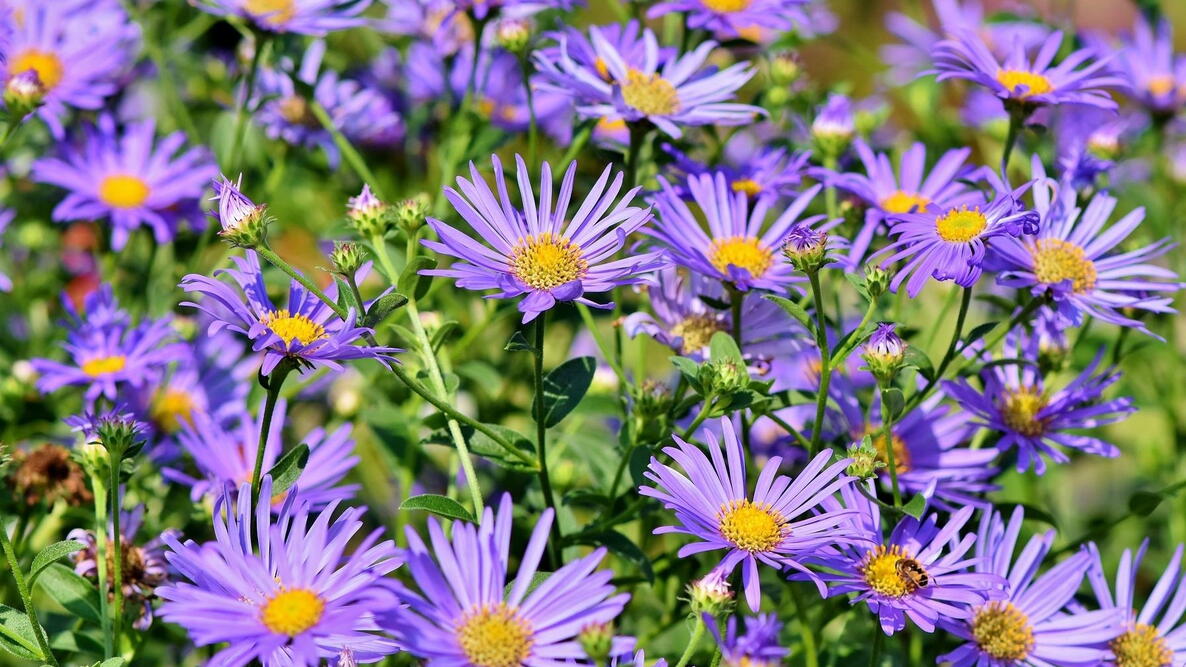
- Blazing stars: Blazing stars are tall, spiky plants that bloom in the summer. They come in a variety of colors, including purple, pink, and white. Blazing stars attract butterflies and other pollinators. They also help to deter deer and rabbits.
- Coreopsis: Coreopsis are low-maintenance annuals or perennials that bloom in the summer. They come in a variety of colors, including yellow, orange, and pink. Coreopsis attract butterflies and other pollinators. They also help to improve the drainage of soil around phlox plants.
- Echinacea: Echinacea is a popular perennial plant that is known for its medicinal properties. It blooms in the summer and comes in a variety of colors, including purple, pink, and white. Echinacea attracts butterflies and other pollinators. It also helps to deter deer and rabbits.
- Gaura: Gaura is a tall, airy plant that blooms in the summer. It comes in a variety of colors, including pink, white, and lavender. Gaura is a good choice for attracting butterflies and other pollinators. It also helps to improve the drainage of soil around phlox plants.
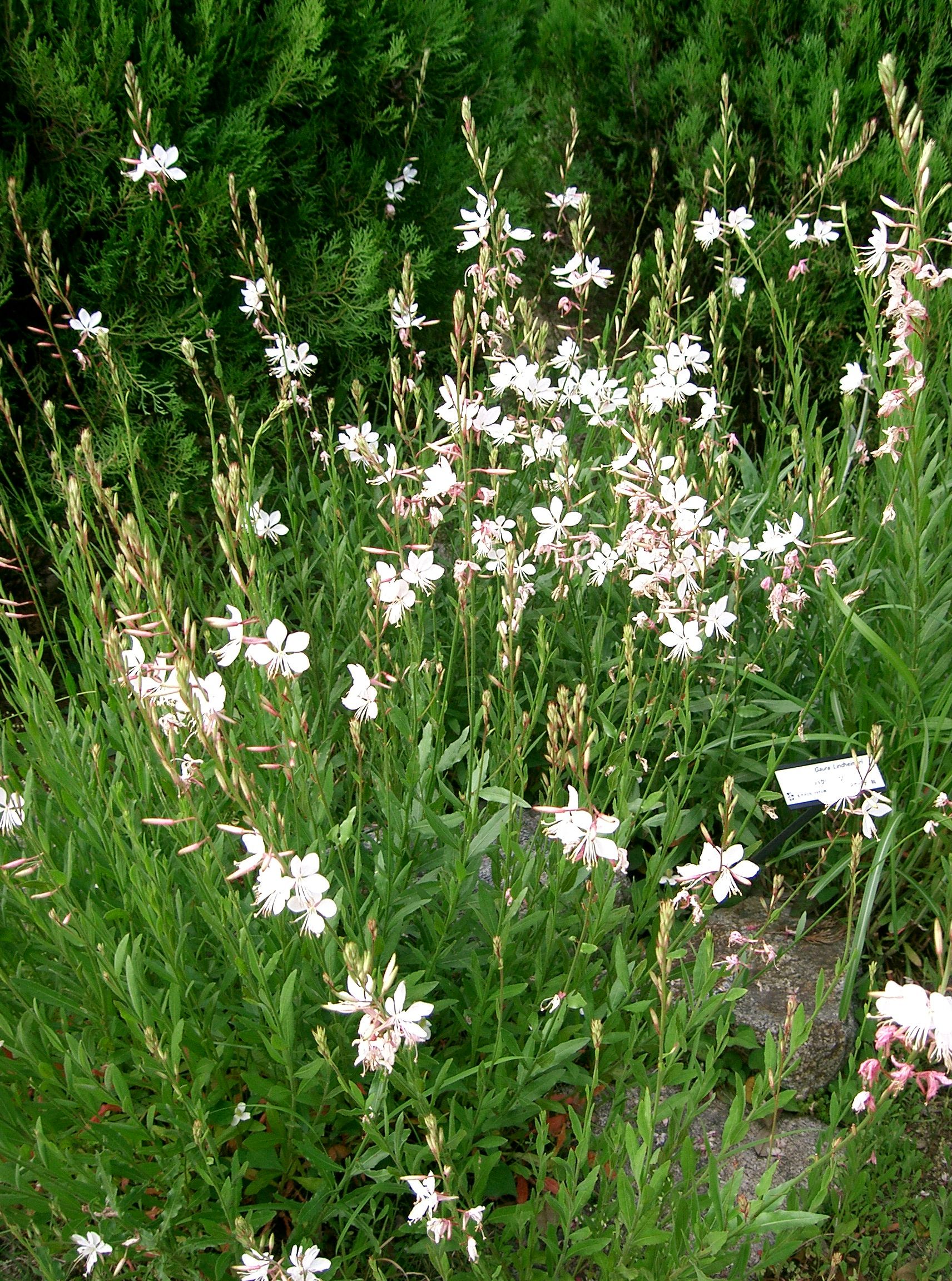
- Heliopsis: Heliopsis is a tall, daisy-like plant that blooms in the summer. It comes in a variety of colors, including yellow and orange. Heliopsis attracts butterflies and other pollinators. It also helps to improve the drainage of soil around phlox plants.

- Monarda: Monarda is a tall, mint-scented plant that blooms in the summer. It comes in a variety of colors, including red, pink, and white. Monarda attracts butterflies and other pollinators. It also helps to repel mosquitoes and other pests.

- Penstemon: Penstemon is a tall, tubular-shaped plant that blooms in the summer. It comes in a variety of colors, including blue, pink, and white. Penstemon attracts butterflies and other pollinators. It also helps to improve the drainage of soil around phlox plants.
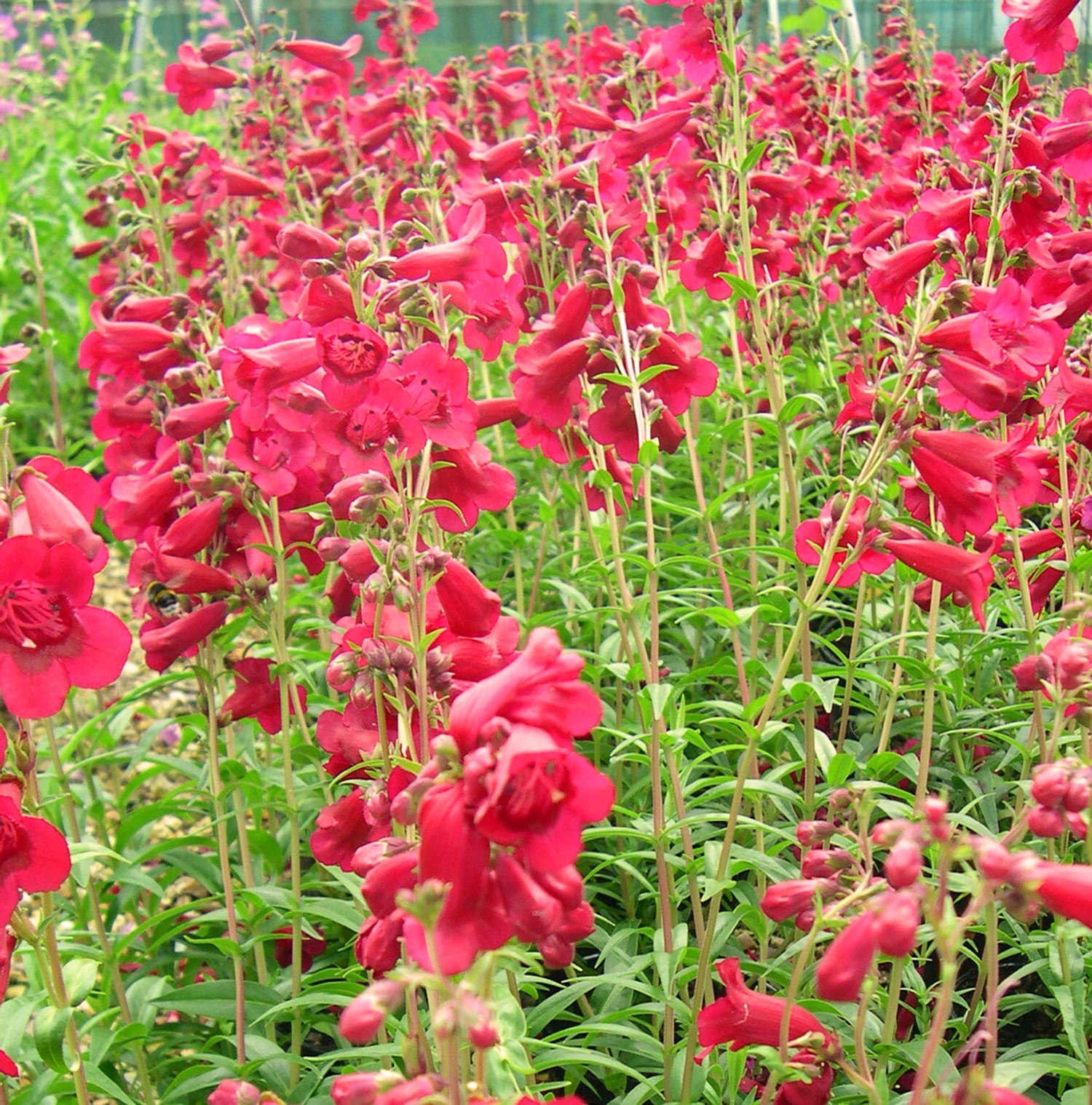
- Rudbeckia: Rudbeckia is a tall, cone-shaped plant that blooms in the summer. It comes in a variety of colors, including yellow, orange, and brown. Rudbeckia attracts butterflies and other pollinators. It also helps to deter deer and rabbits.
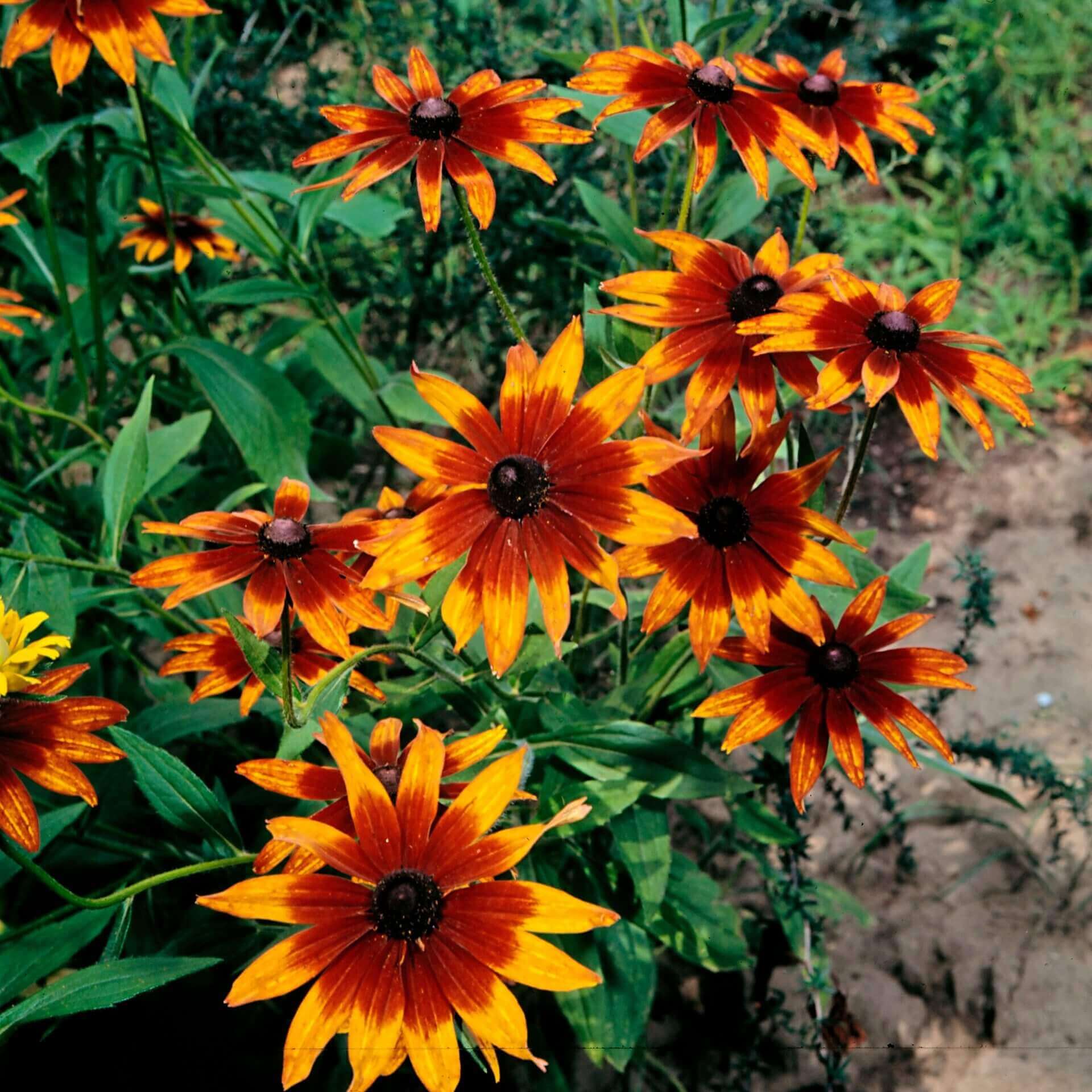
- Veronicastrum: Veronicastrum is a tall, spike-shaped plant that blooms in the summer. It comes in a variety of colors, including white, pink, and purple. Veronicastrum attracts butterflies and other pollinators. It also helps to improve the drainage of soil around phlox plants.
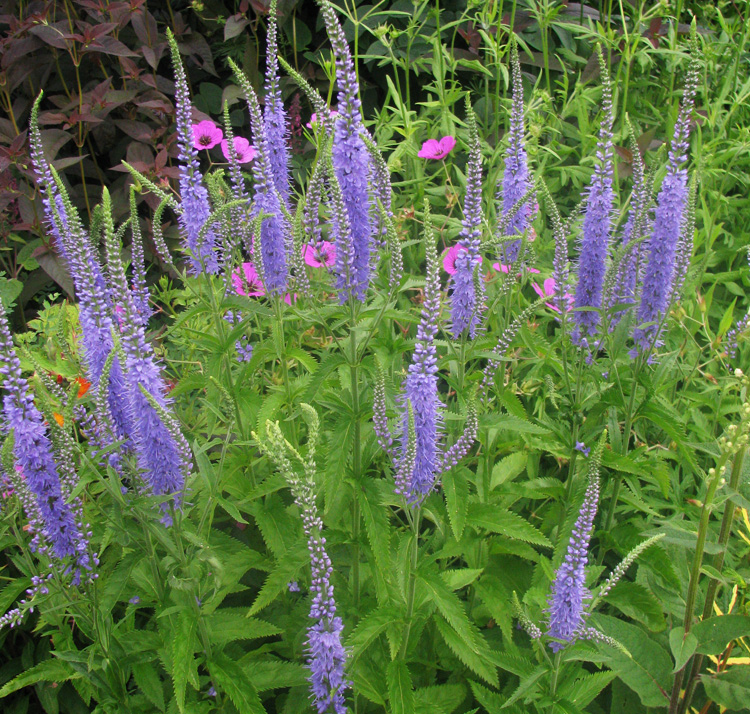
These are just a few of the many companion plants that can be paired with phlox paniculata. When choosing companion plants, it is important to consider the size, color, and bloom time of the plants. It is also important to consider the soil type and sunlight requirements of the plants. By carefully choosing companion plants, you can create a beautiful and thriving garden that will attract butterflies, other pollinators, and wildlife.
Phlox paniculata, also known as garden phlox, is a popular perennial flower that blooms in a wide range of colors from white to pink to purple. It is a relatively easy plant to grow and care for, and it can be a beautiful addition to any garden.
One of the best things about phlox paniculata is that it can be paired with a variety of other plants to create stunning combinations. Some of the best companion plants for phlox paniculata include:
- Echinacea purpurea (coneflower)
- Rudbeckia fulgida (black-eyed Susan)
- Liatris spicata (dense blazing star)
- Monarda fistulosa (wild bergamot)
- Aster umbellatus (flat-topped white aster)
- Panicum virgatum (switchgrass)
These plants have similar growing conditions to phlox paniculata, so they will thrive in the same type of soil and sunlight. They also have complementary colors and textures, so they will create a visually appealing display in your garden.
To learn more about phlox paniculata companion plants, visit Gardenia Inspiration. This website has a wealth of information on a variety of gardening topics, including companion planting. You can also find photos and descriptions of different companion plants, as well as tips on how to plant and care for them.
FAQ of phlox paniculata companion plants
- What are some good companion plants for phlox paniculata?
- Phlox paniculata is a tall, summer-blooming perennial that can be grown in a variety of conditions. It is a good choice for companion planting because it attracts pollinators and deer-resistant. Some good companion plants for phlox paniculata include:
- Coneflower
- Hellebore
- Lavender
- Ornamental grasses
- Peonies
- Roses
- Chives – Parsley – Thyme
- What plants should I avoid planting near phlox paniculata?
- Phlox paniculata is susceptible to a number of diseases, including powdery mildew and rust. Some plants that can spread these diseases to phlox paniculata include:
- Brassicas (such as broccoli, cabbage, and kale)
- Potatoes
- Daylilies
- How far apart should I plant phlox paniculata?
- The spacing requirements for phlox paniculata will vary depending on the variety. However, as a general rule, you should plant phlox paniculata about 18-24 inches apart. This will give them enough room to grow and spread.
- When should I plant phlox paniculata?
- Phlox paniculata can be planted in spring or fall. If you are planting in spring, wait until the soil has warmed up to at least 60 degrees Fahrenheit. If you are planting in fall, plant before the first frost.
- How do I care for phlox paniculata?
- Phlox paniculata is relatively easy to care for. They need full sun and well-drained soil. Water them regularly, especially during hot, dry weather. Fertilize them once in the spring with a balanced fertilizer. Deadhead spent blooms to encourage more flowering.
Image of phlox paniculata companion plants
Here are 5 different images of "phlox paniculata companion plants" from Pinterest:
- Daylilies: Daylilies are tall, showy flowers that bloom in the summer. They share similar growing conditions with phlox paniculata, so they make good companion plants.

- Clematis: Clematis are vining plants that can provide vertical interest in the garden. They bloom in the spring and summer, and their flowers come in a variety of colors.
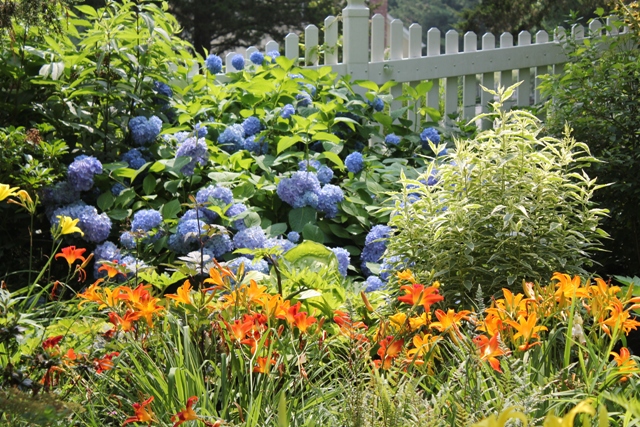
- Yarrow: Yarrow is a low-maintenance plant that blooms in the summer. It has bright yellow flowers that attract butterflies and other pollinators.
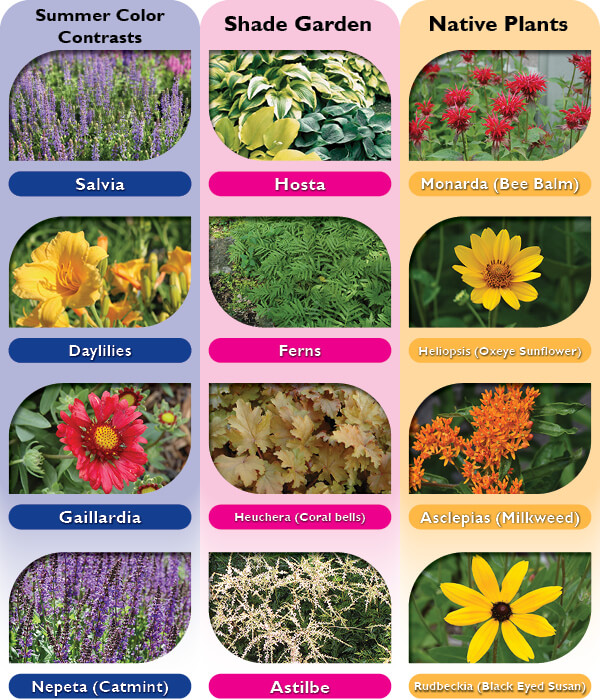
- Bee balm: Bee balm is a tall, herbaceous perennial that blooms in the summer. It has red, pink, or purple flowers that attract bees and other pollinators.
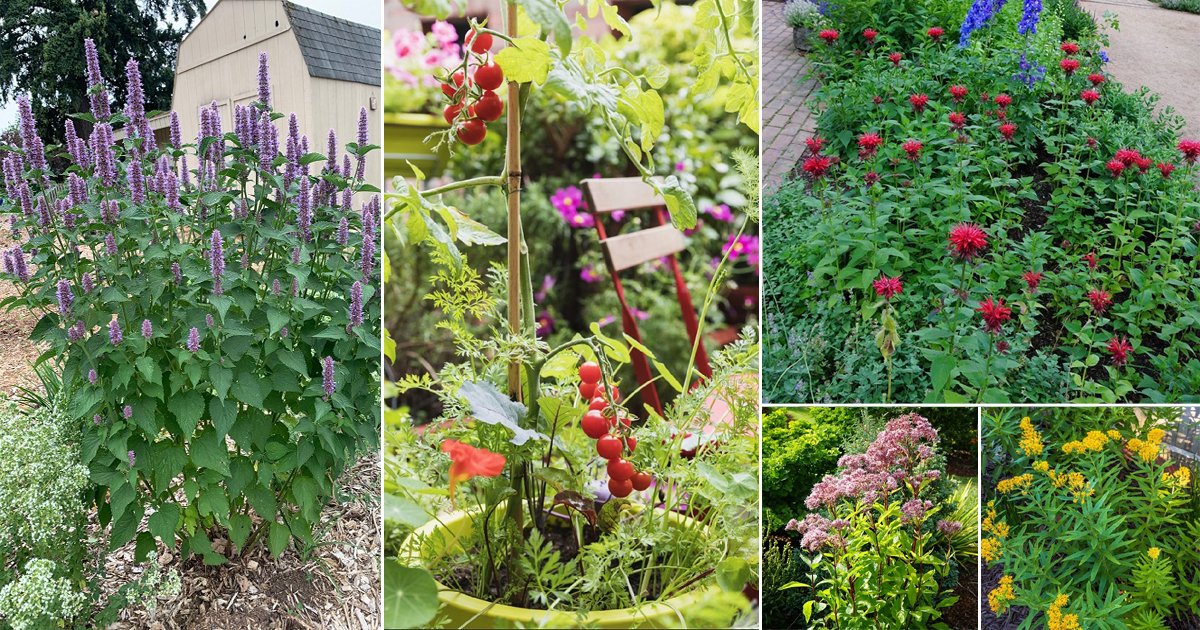
- Shasta daisies: Shasta daisies are white daisy-like flowers that bloom in the summer. They are drought-tolerant and easy to care for.


Post a Comment for " Amazing Phlox Paniculata Companion Plants That Will"